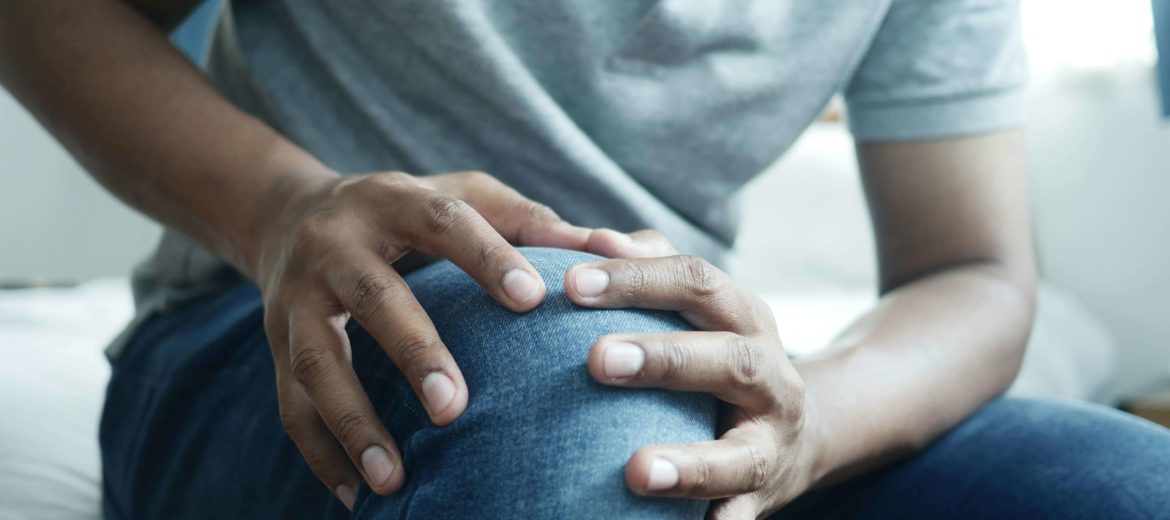Many of us have experience with some annoying pain or another: that nagging knee, stiff shoulder, or hip that just won’t quit. Especially as we age, a little joint pain or stiffness can become more likely. Often, we can attribute it to some task we performed recently, whether that pickle ball match or when we helped move that friend’s couch. Occasional temporary soreness is common, and not usually something to be concerned about. Pain that lingers or worsens, though, may signal something more significant. So, how do we know when it’s time to reach out to a physical therapist for an evaluation?
Understanding Persistent Joint Pain
Persistent is kind of a vague term. Does that mean the pain is constant over a certain period of time? Does that mean it recurs? And for how long before it meets the definition? While most agree that “chronic” is a term we use to describe pain that lasts or recurs for more than 3 months1, it’s not always wise to wait 3 months to see a medical professional for evaluation or treatment. If you are experiencing pain that continues or recurs without improvement for a few weeks, it may be time to seek help before the problem gets worse or leads to other problems.
Our joints feel the effects of wear, overuse, poor posture, or prior injuries in a way that the rest of our body does not. This can be especially true as we get older, but joint pain is not always a sign of aging. It can often be a sign of imbalance or dysfunction that can be addressed and improved.
Common Causes of Ongoing Joint Pain
Our joints are subjected to quite a bit, and there are many ways to damage them or cause discomfort. Joint pain can be caused by overuse or repetitive strain injuries from doing manual labor or playing sports. Pain can come from weakness or stiffness in surrounding muscles causing unnecessary stress to the joint. Improper movement mechanics or posture can lead to joint pain, a cause you may not even realize until it’s pointed out to you. Another common cause is old injuries that never fully or properly healed. Of course, a more acute cause of joint pain could be a direct injury like a bruise or strain. Many times, joint pain can come from inflammation or a chronic condition like arthritis, bursitis, or tendinitis2.
Any of these types of pain can become a cause for concern if they linger or worsen over time. Whether you know the cause of your pain or not, there are very good reasons to seek out a physical therapist.
When to See a Physical Therapist
Joint pain may be relatively common, but there are signs that can indicate a more serious problem or underlying condition. It’s time to contact a physical therapist if:
- Your pain lasts longer than 2–3 weeks and rest and ice aren’t cutting it.
- You feel stiff every morning or after sitting for long periods.
- You’ve started avoiding activities you used to enjoy (walking, gardening, exercise).
- You hear popping, clicking, or grinding in the joint along with discomfort.
- You’ve tried home remedies or medications but the pain keeps coming back.
These situations and others present very good reasons to seek professional help before your pain becomes a chronic problem or leads to other problems. Joint pain in particular can cause our bodies to overcompensate and place additional stress on other joints or body parts, leading to the potential for additional pain or injury.
Why is a Physical Therapist the Best Option?
One of the great benefits of physical therapy is that it takes a holistic approach to pain treatment. This means treating the entire person. A skilled physical therapist will not simply focus on a particular pain point or symptom but will work to evaluate and treat the root cause of your pain. A physical therapist can use several techniques to evaluate your condition, including range of motion testing, strength testing, posture and movement analysis and more.
Another benefit of a physical therapist’s holistic approach to medicine is that you can receive and personalized treatment plan that may include several types of treatment techniques optimized for your specific situation. Treatment can include manual therapy, corrective exercises, mobility training, dry needling, or other treatment options that are less likely to be available from your primary care doctor or a general practitioner.
Another benefit of physical therapy is that they will work to help you avoid surgery or dangerous medications, if possible, rather than relying on those options. And since physical therapy is intended to help optimize your body’s performance the benefits can extend beyond treating your pain. You may find you have more strength, more flexibility, and greater mobility after your treatment. You can also learn some things to incorporate into your daily life to help you extend these benefits even further and improve your overall quality of life.
At Strive! Physical Therapy Centers, we have embraced a holistic, integrative approach to physical medicine, and we have been helping our neighbors in Ocala and surrounding communities for more than 40 years. If you or a loved one is dealing with persistent joint pain or feel like you would benefit from a physical therapist’s evaluation, call us at 1.352.690.7777 or use this form to schedule a free consultation today.
Sources
- Cleveland Clinic. “Chronic Pain.” Cleveland Clinic, 2021, my.clevelandclinic.org/health/diseases/4798-chronic-pain.
- “Joint Pain Information | Mount Sinai – New York.” Mount Sinai Health System, www.mountsinai.org/health-library/symptoms/joint-pain. Accessed 14 Oct. 2025.





